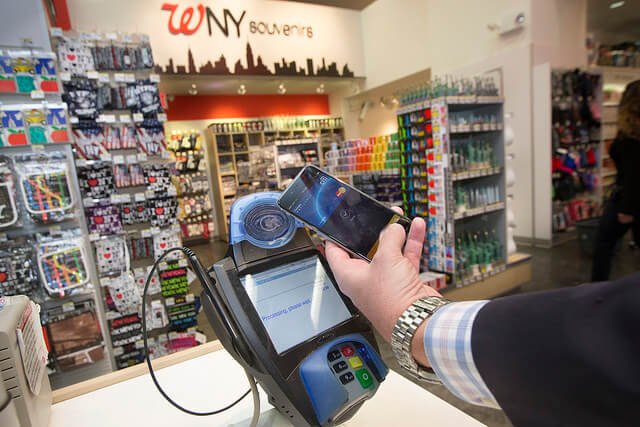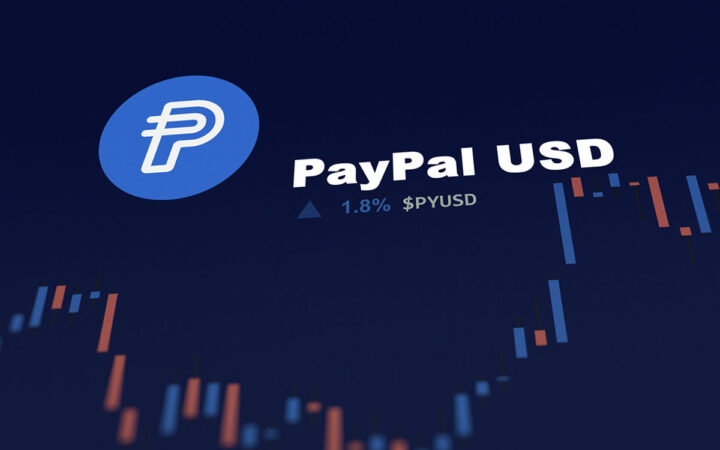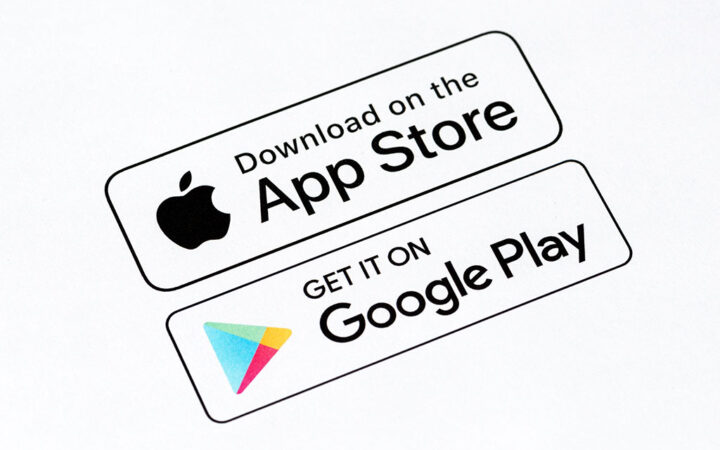Taking strong interest in blockchain, cryptocurrencies, and IoT, Tatsiana Yablonskaya got deep understanding of the emerging techs believing in their potential to drive the future.
Apple Inc. is going to add Apple Pay with its Safari browser. The service will be available for iPhone and iPad holders. Thus Apple enables its users to make purchases on mobile websites.
According to iPhone maker, Apple Pay will be expanded to mobile websites before this year’s holiday shopping season. Talking about an exact timeline of the launch, Re/code comes out with a suggestion that an official announcement could come as soon as Apple’s Worldwide Developers Conference this summer.
Of course, such a move by Apple will put it on the same level with PayPal, which has so far been the most popular alternative payment method on countless retail websites. Retailers are quite satisfied with the PayPal’s mobile payment product for websites and apps, called One Touch, (it is used by more than 250 of the top 500 online retailers). According to the statistics of the last year, about 30 percent of PayPal’s total payments volume came through payments made on mobile devices, including iPhones and Android devices.
Apple Pay can now offer a competition to PayPal. It is a quicker and cleaner express-checkout option for iPhone users and can now compete on more checkout pages.
Traditionally, people are more used to purchasing online via desktop and laptop computers. However, there is a growing tendency that more and more mobile payments are made. Apple Pay was launched first of all as an option for iOS mobile apps.
Benefit for retailers and e-commerce sites was that the service could help to convert more mobile visitors into purchasers. As a result, for the last year’s holiday season retailers observed nearly 9.8 billion visits to their mobile websites, comparing to 8.1 billion through mobile apps.
Apple’s pitch for the mobile website expansion looks similar. The scale of opportunity can only be bigger taking into consideration current consumer shopping habits.
The principle of operating with Apple Pay was initially designed to be easy and convenient. Entering payment and shipping information on small devices can be a cumbersome task. Apple team also understands it and adds the fingerprint sensor, eliminating that need.
Far from everyone welcomes Apple Pay on mobile websites. As a result of Apple’s initiative, PayPal’s shares went off by 4.7 percent last week. This is how the public reacted to a new flank in Apple Pay’s strategy that would bring the payments service to mobile websites.
According to sell side analysts, this is the first real direct head to head encounter between the two companies. Piper Jaffray analysts wrote that “this confirms our belief that Apple Pay’s evolution will ultimately impact PayPal’s business.”





